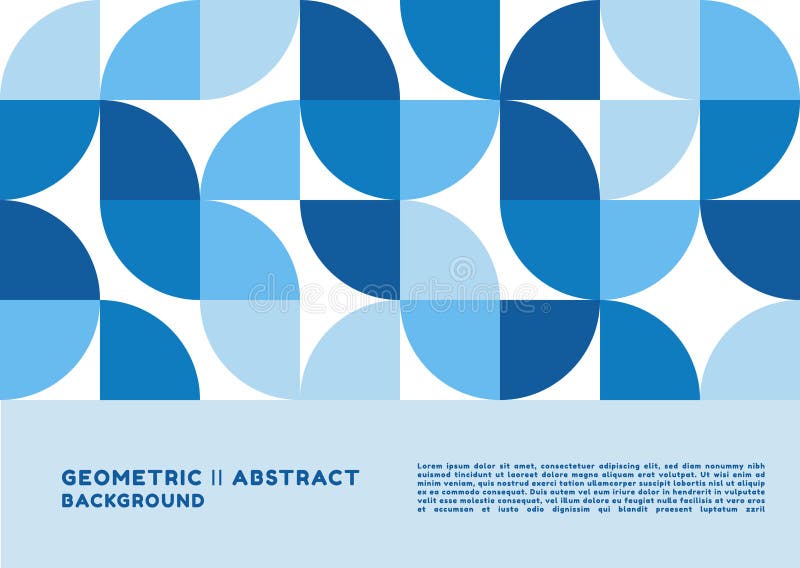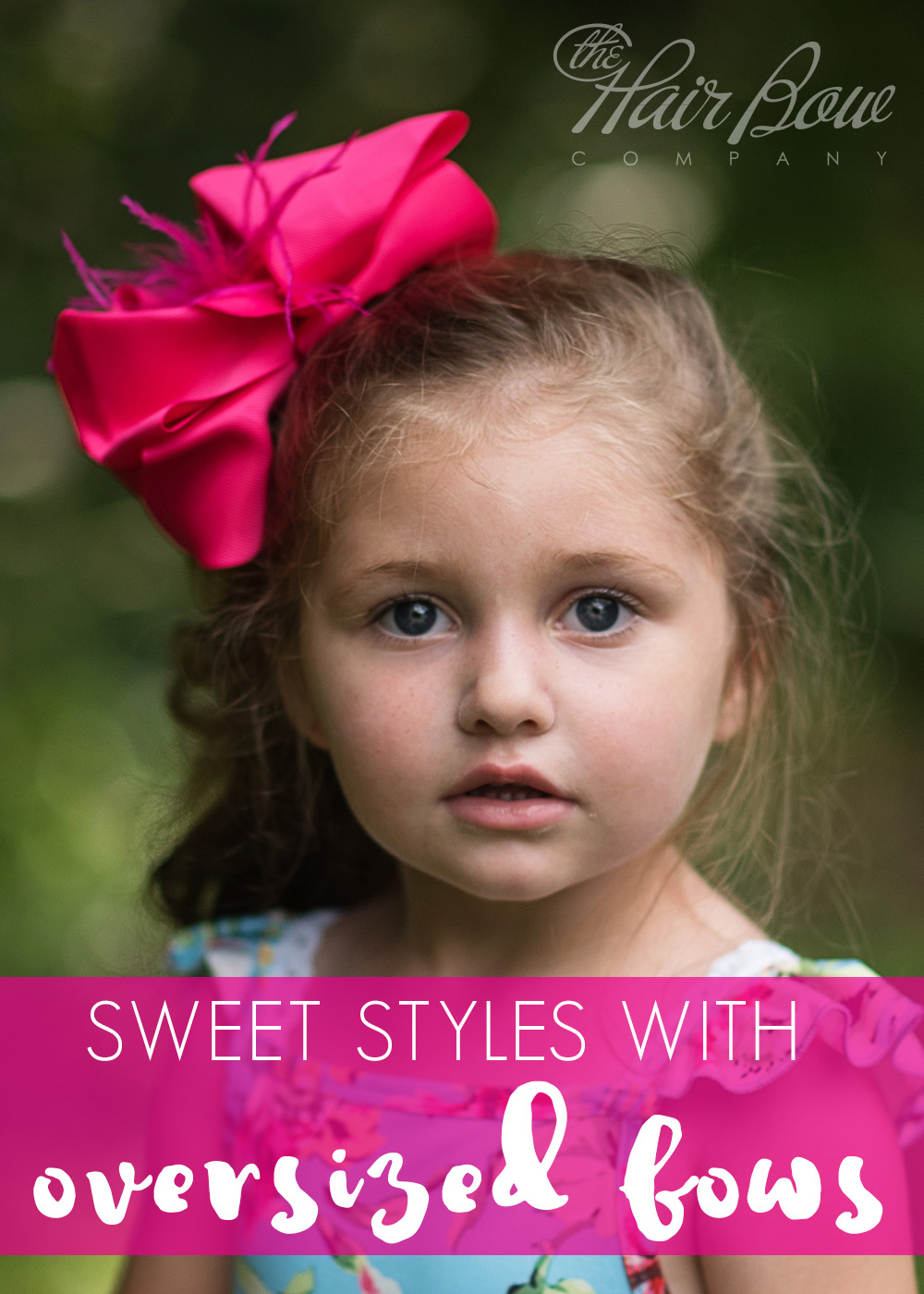Table Of Content

The word hue is pretty much synonymous to the word ‘color’. All primary, secondary, and tertiary colors, for instance, are hues. Remember that the above combinations only work if you use the purest form of the primary colors involved. Consider choosing the right color combination, for instance.
Adding intersex representation to the Pride flag - University of Nevada, Reno
Adding intersex representation to the Pride flag.
Posted: Thu, 22 Jul 2021 07:00:00 GMT [source]
colour wheel
In interior design, this process becomes tint, shade and tone. A color circle based on spectral wavelengths appears with red at one end of the spectrum and is 100% mixable violet at the other. A wedge-shaped gap represents colors that have no unique spectral frequency. These extra-spectral colors, the purples, form from an additive mixture of colors from the ends of the spectrum. Some color wheels are based on the four opponent process colors - red, yellow, blue and green. Whether you’re working on an interior or graphic design project, color theory still applies.
Color Wheel
After you've created the color scheme that you want, you can save that scheme in the "Color Themes" module for you to use throughout your project or in the future. There's been a lot of theory and practical information for actually understanding which colors go best together and why. But when it comes down to the actual task of choosing colors while you're designing, it's always a great idea to have tools to help you actually do the work quickly and easily. Next, consider your color wheel and the schemes mentioned above. Select a few different color combinations using schemes such as monochrome, complementary, and triad to see what stands out.
What is a split complementary color scheme on a Color Wheel?

Since then, the most powerful designs have been built by paying attention to color. Change up the palette, and the end user might get a completely different impression from the product. With this color wheel picker, you can build contrasts and color combinations to find harmony for your designs. While we’ve worked with colors for millennia, Sir Isaac Newton presented the first color wheel in the 17th century to depict the relationship between colors. Mixing different ratios in the wheel resulted in hues that cohesively displayed all colors.
Square color schemes are great for creating interest across your web designs. Pick your favorite color and work from there to see if this scheme suits your brand or website. It’s also a good idea to try square schemes against both black and white backgrounds to find the best fit.
Secondary Colors
Also, you can always play with color and transparency to give depth to your image. On the other hand, the CMYK model is the foundation for all print design. These ‘subtractive colors’ absorb wave lengths of light, which more clearly matches the pigments found in the real world. Observing the effects colors have on each other is the starting point for understanding the relativity of color. The relationship of values, saturations and the warmth or coolness of respective hues can cause noticeable differences in our perception of color.

Experiment with your palette.
If you don’t like what you see, press the space bar on your keyboard, and the tool will prompt you with a new color palette. The benefits and palette are similar to the square color scheme, but because each hue is closer to one other on the color wheel, they’re organized into natural pairs. They create endless color combinations, but they won’t get the job done unless they’re arranged in harmonious color schemes. You can draw a straight line through the center of the color wheel and separate the warm colors from the cool colors. They’re essential to understanding color theory because, in the real world, we aren’t simply working with mixing hues.
The tetradic color scheme also known as double complementary colors is the most complicated scheme to balance. This scheme consists of four colors which is made up of two sets of complementary colors. An example of this scheme is blue, orange, yellow and violet. This scheme is considered the richest but the hardest to harmonize.
They are both the same color as seen in the illustration below. This demonstrates how three colors can be perceived as four colors. Harmony can be defined as a pleasing arrangement of parts, whether it be music, poetry, color, or even an ice cream sundae. In visual experiences, harmony is something that is pleasing to the eye. It engages the viewer and it creates an inner sense of order, a balance in the visual experience.
Tertiary colors are created by mixing secondary and primary colors to create new hues. Cool colors, on the other hand, produce soothing and calming vibes (but can also express sadness). These colors have shorter wavelengths and are usually in the background of a design. Examples of cool colors are blue, green, and purple (and the various shades and tints of these colors).
A Color Wheel helps artists, designers, and anyone who works with color to choose color schemes that are visually appealing and harmonious. It can also be used to create contrast and balance in a design. The RGB and CMYK color models serve different purposes in color reproduction. RGB, which stands for Red, Green, and Blue, is used in digital displays like monitors and TVs.
The best way to do it is by following the example below and add a circle where you insert your call to action. If you are trying to make your message pop and be read, you can always add the text within a circle. If you pair it with a hand-lettering font that has round edges, you’ll add consistency to the visual. As mentioned before, circles have a cosmic significance, and you can use this symbolism to talk about your product. Just like Nivea did with this great ad for their night cream.
When designing or even painting with primary colors, don't feel restricted to just the three primary colors listed above. Orange isn't a primary color, for example, but brands can certainly use orange as their dominant color (as we at HubSpot know this quite well). The red, green, blue (RGB) color model is the foundation for pretty much all design that uses a screen.
Those also happen to be the colors listed on your ink cartridges for your printer. If you've ever played around with color on any computer program, you've probably seen a module that listed RGB or CMYK colors with some numbers next to the letters. If you want to organize giveaways, promotions, or contests, concentric circles are the way to go. They attract the user’s attention and make them want to go straight to the target. All kinds of services can be promoted using circular frames that give a sense of community.
When you're creating color on a computer, your color module will usually list both RGB and CMYK numbers. In practice, you can use either one to find colors, and the other color model will adjust accordingly. It's something that might seem easy at first but when you're staring down a color wheel, you're going to wish you had some information on what you're looking at.
This is because negative space — in either black or white — can help keep your design from feeling too cluttered with color. RGB color models, on the other hand, are designed for electronic displays, including computers. Look at this great movie poster and get inspired to use colorful circles and create a pattern. If you feel like your design is getting out of hand and feels too crowded, go for a pop of color.

No comments:
Post a Comment